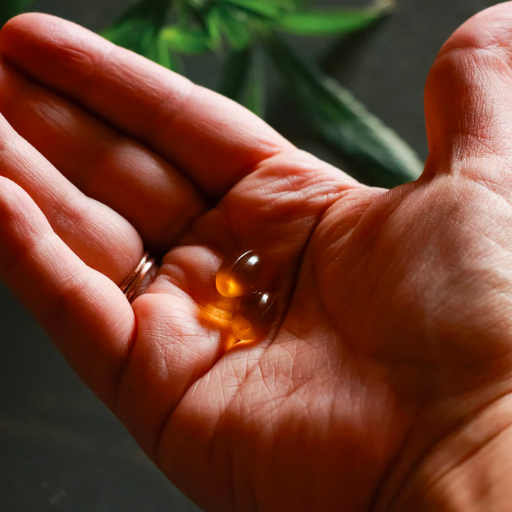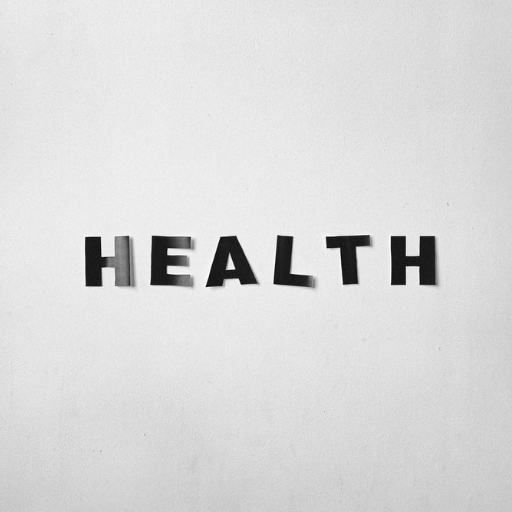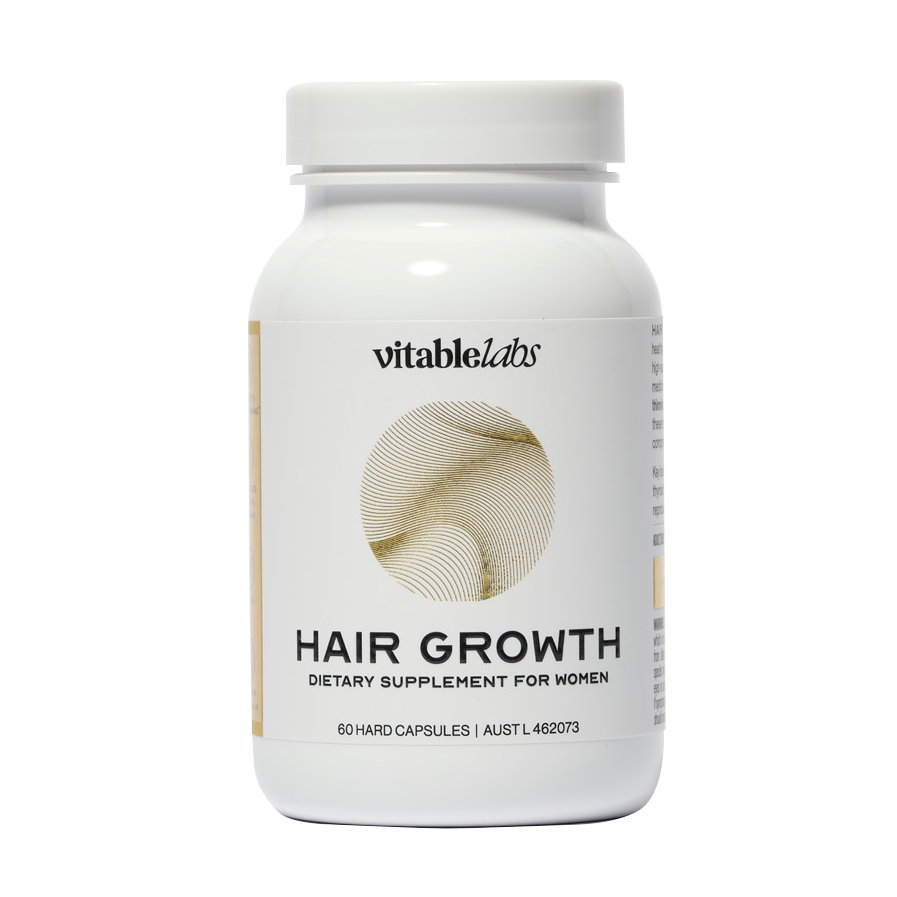Wellness Blog
The content on this blog is for general informational purposes only and is not a substitute for professional medical advice, diagnosis, or treatment. Always consult your healthcare provider before making changes to your health routine or taking new supplements.
The best post-workout supplements and tips!
While a stringent pre-workout routine is essential for physical health, it's also super important to form healthy post-exercise recovery habits and take the right supplementation in order to maximise the benefits of your sweat session!
Learn moreHow to relieve pain after exercise
No pain no gain, is an oft quoted term. But it doesn't always ring true. Especially when pain after exercise is a prolonged issue! In which case, it's time to assess what you're doing. Working out is one of the many things you can do to stay active and boost your health. But have you ever experienced some soreness and pain right after exercising? Muscle pain and soreness after 1 to 2 days of working out is normal, and affects anyone, regardless of how fit they are (1). Read on to learn more about the causes and how to manage pain after exercise.What kind of pain are you feeling?Exercise can put a strain on your body that can cause some pain and soreness afterwards. There are several types of pain you may experience after a workout. Some of them are are listed below:Muscle painMuscle pain after exercise, also known as delayed onset muscle soreness (DOMS), happens when you make changes in your exercise routine such as increasing the duration or intensity of your workout (2).Knee painExercises such as running and jumping rope may cause knee pain after exercise, which can be caused by poor exercise form or irregular exercising (3).Chest painChest pain immediately after exercise is commonly caused by spasms of the lungs' small airways, which can cause sharp chest pains and difficulty in breathing (4).Joint painExperiencing joint pain after exercise is common due to repeated movements in workouts that can cause wear and tear to the joints (5).Although the sensation may be unpleasant, pain after exercise can be good for you. Pain after exercise is a result of microtears in the muscles or tendons, which will eventually repair to be stronger and more durable (1). However, if the pain is persistent and does not go away, consider seeing a doctor immediately (1).How to prepare for exercise painKeeping consistent healthy habits can make sure our body is ready for exercise. This includes listening to your body while working out, getting adequate, quality sleep and rest, and maintaining a healthy, well-balanced diet (5). Supporting your diet with supplements that can help strengthen your body against pain after exercise may help too. Here are some vitamins and minerals that you can consider:Vitamin CVitamin C can support your body after exercise by playing a role in the production of collagen. This protein makes up our skin, cartilages, tendons and ligaments (6). You may consider boosting your vitamin C consumption to aid your body in recovering after exercise (6).Fish OilRelieve inflammation and support nerve conduction in the body with fish oil, a source of omega-3 fatty acids that are necessary for body functions such as cell growth and healthy muscle activity (7).CranberryCranberry, commonly consumed as juice or through supplements, has anti-inflammatory and antioxidant qualities (8) that support joint cartilage health and supports connective tissue formation (9).CurcuminCurcumin, found in turmeric, has anti-inflammatory properties10 that can help relieve mild joint aches and pain after exercise (11).Staying active through regular exercise doesn't have to be a painful experience. Keep your body ready for after exercise pain with Vitable Vitamins. Customise your own multivitamin subscription per your unique requirements. These multivitamin packs can be tailored to your body's needs and lifestyle. Get your own vitamin delivery with Vitable now!*Always read the label and follow directions for use. If you experience any symptoms or if symptoms persist, talk to your health professional. Vitamin and/or mineral supplements should not replace a balanced diet.References: Cleveland Clinic Content Team. “Is There Such a Thing as ‘Good Pain' and When Should You Listen to Your Body?”. Cleveland Clinic: Health.Clevelandclinic.Org. Published October 9, 2020 on https://health.clevelandclinic.org/is-your-exercise-causing-good-or-bad-pain-how-to-tell/. Accessed February 6, 2022. Family Doctor Content Team. “Sore Muscles from Exercise. Family Doctor: Familydoctor.Org. Published June 9, 2020 on https://familydoctor.org/sore-muscles/. Accessed February 6, 2022. Nationwide Children's Content Team. “Why does my knee hurt?”. Nationwide Children's: Nationwidechildrens.Org. Published December 8, 2010 on https://www.nationwidechildrens.org/specialties/sports-medicine/sports-medicine-articles/why-does-my-knee-hurt-article. Accessed February 6, 2022. Cleveland Clinic Content Team. “Chest Pain in Young Athletes: When You Should Be Concerned”. Cleveland Clinic: Health.Clevelandclinic.Org. Published October 18, 2021 on https://health.clevelandclinic.org/chest-pain-in-young-athletes-when-you-should-be-concerned/. Accessed February 6, 2022. Cleveland Clinic Content Team. “Joint pain”. Cleveland Clinic: My.Clevelandclinic.Org. Published March 28, 2018 on https://my.clevelandclinic.org/health/symptoms/17752-joint-pain. Accessed February 6, 2022. Mount Sinai Content Team. “Vitamin C (Ascorbic Acid)”. Icahn School of Medicine at Mount Sinai: Mountsinai.Org. Published on https://www.mountsinai.org/health-library/supplement/vitamin-c-ascorbic-acid. Accessed February 6, 2022. Mayo Clinic Content Team. “Fish oil”. Mayo Foundation for Medical Education and Research: Mayoclinic.Org. Published December 8, 2020 on https://www.mayoclinic.org/drugs-supplements-fish-oil/art-20364810. Accessed February 6, 2022. Thimóteo, N. S. B., Iryioda, T. M. V., Alfieri, D. F., Rego, B. E. F., Scavuzzi, B. M., Fatel, E., Lozovoy, M. A. B., Simão, A. N. C., & Dichi, I. “Cranberry juice decreases disease activity in women with rheumatoid arthritis”. National LIbrary of Medicine: PubMed.Org. Published October 10, 2018 on https://pubmed.ncbi.nlm.nih.gov/30553231/. Accessed February 6, 2022. Basu, A., Schell, J., & Scofield, R. H. “Dietary fruits and arthritis”. US National Library of Medicine National Institutes of Health: Nih.Gov. Published January 24, 2019 on https://www.ncbi.nlm.nih.gov/pmc/articles/PMC5788027/. Accessed February 6, 2022. Hewlings, S., & Kalman, D. “Curcumin: A Review of Its Effects on Human Health”. US National Library of Medicine National Institutes of Health: Nih.Gov. Published October 22, 2017 on https://www.ncbi.nlm.nih.gov/pmc/articles/PMC5664031/. Accessed February 6, 2022. Daily, J. W., Yang, M., & Park, S. (2016). “Efficacy of Turmeric Extracts and Curcumin for Alleviating the Symptoms of Joint Arthritis: A Systematic Review and Meta-Analysis of Randomized Clinical Trials”. US National Library of Medicine National Institutes of Health: Nih.Gov. Published August 1, 2016 on https://www.ncbi.nlm.nih.gov/pmc/articles/PMC5003001/. Accessed February 6, 2022.
Learn more5 Strength training tips to maximise your workouts
Physical activity, including strength training, is a significant part of having a healthy lifestyle. But what exactly is strength training? Also, how can we maximise our gains from our workouts? In this article, we're pointing out some tips to help you get the most out of your exercises.What is strength training?Before we get started, let's first wrap our heads around what strength training is. Strength training is the repeated performance of a physical activity that is designed to improve your strength or endurance (1,2,3). Usually, when people think of strength training, they imagine going to the gym and sweating a lot. The truth, however, is that strength training covers a myriad of activities and exercises. Here are some examples of what falls under the strength training workouts (1):Body weight exercisesOur body, with the help of gravity, can actually be a tool to help build our strength and endurance. With no equipment whatsoever besides our flesh and bones, we can do exercises, such as push-ups, squats, pull-ups, planks, and a whole host of movements to get our muscles going. Once our body adapts to a certain movement, we simply need to increase the difficulty by adjusting the strain it puts on our bodies.Resistance band trainingResistance training is another inexpensive way to develop our strength. With this method, we build our strength and endurance by making our body work against the resistance of a band or tube. Much like body weight exercises, we can pretty much do this anywhere with enough space to push and pull our bands.Free weightsThis is probably what most people think of when they hear the word strength training workouts. With this method, we make use of external weights through barbells, medicine balls, kettlebells and dumbbells to build up our strength. Free weights are great because they allow us to work through a large group of muscles with the use of compound movements. One of the few downsides, however, is that you need enough space to move and for all your equipment to fit.Weight machinesUnlike free weights, weight machines are great at targeting specific muscles in your body. Most gyms or fitness centers have all the latest machines in their stable. While machines are a great way to build muscle, they are often unwieldy and expensive so maybe visiting a gym might be better if this is an option for you.These are just a few examples of strength training workouts. Consult your trainer as to what method might be best depending on your fitness level, needs, goals, and resources.Benefits of strength trainingStrength training has many benefits. Besides improving overall health, here are some reasons why you should consider doing it (1,2,3):It improves bone strengthWhen you introduce stress to your bones, this forces it to adapt and get stronger (7). Strength training is a great way to improve posture and reduce bone decay as we age (8).It helps manage weightIncreased physical activity also means an increased metabolism. Thus, strength training can help you manage or lose weight (9).It promotes good overall health and quality of lifeStrength training just improves your lifestyle overall. From protecting your joints from injury to giving you that energy to climb all those flights of stairs, strength training enhances your ability to do everyday things (10).It helps improve pre-existing conditionsSome pre-existing conditions might actually be alleviated by doing some exercise. While it cannot fully heal the condition, it can certainly help manage life with it. Consult your doctor if you have pre-existing conditions and you think that strength training can help with it.It helps improve confidence and overall moodStrength training is a great way to get your daily dose of endorphins. Plus, it will also improve your physique, which might lead to a more positive self-image about yourself.How can I maximise strength training?Now that we have a good idea of what strength training is, how exactly do we make sure we're always getting the most out of our workouts? Here are a few tips (4, 5):Never forget to warm-up and stretchIf you're intending to introduce a lot of stress to your bones and muscles, then you better make sure that your body is ready to take it. Warming up and stretching reduces the risk of injury and also ensures better performance and results during your workouts (11).ConsistencyOne of the few things people forget about strength training is that it should be consistent. Our bodies are built to adapt. While this means it gets stronger with more stress, it also means that it eases and relaxes when there is none. One surefire way to maximise results is to be diligent in keeping your schedule.Study proper formIf you're not doing the movements and exercises properly, then you might as well not do them at all. The better you are at executing proper form, the better results you will see. In addition, improper form makes us more prone to injury and certainly does more harm than good. RestOur bodies can only take so much. There will come a point where we'll see diminishing returns if we overdo it and keep going when we clearly shouldn't. Allow your body time to rest, recover, and get stronger. Always remember that recovery is part of the routine.NutritionThis can't be stressed hard enough. No matter how hard we go with our workouts, if we're not eating properly it's practically useless. Our bodies can only make something out of what we give it. Make sure you're hitting your macros, avoiding junk, as well as getting our daily dose of essential vitamins and minerals.When it comes to essential vitamins and minerals, we should pay attention to our magnesium intake. Magnesium is vital for building muscles because it supports energy production, bone health, as well as helps reduce the occurrence of muscle spasms (6).If you're on the lookout for a good magnesium supplement, then Vitable's Magnesium supplements might be the go-to choice for you. Vitable's Magnesium supplement is easily absorbed by the body, so that you get it when you need it.Whether you're just looking to lose some weight or working towards a stronger body, the benefits of strength training can't be ignored. Make sure to keep in mind our tips so you always get the most when you work out.Are you considering taking magnesium supplements? If so, checkout Vitable Australia! They have the best vitamin subscription service that offers custom vitamins. With Vitable, you can mix and match your daily vitamins to cater to your health goals and needs. They also have a vitamin delivery service that conveniently brings your packs to your doorstep.*Always read the label. Follow the directions for use. If symptoms persist, talk to your health professional. Vitamin and/or mineral supplements should not replace a balanced diet.References: Strength Training: Get Stronger, Healthier, Leaner (2021) Researched Jan 9, 2021 from https://www.mayoclinic.org/healthy-lifestyle/fitness/in-depth/strength-training/art-20046670 Resistance Training - Health Benefits (n.d.) Researched Jan 9, 2021 from https://www.betterhealth.vic.gov.au/health/healthyliving/resistance-training-health-benefits Want to Lose Weight? Build Muscle (2020) Researched Jan 9, 2021 from https://health.clevelandclinic.org/build-muscles-lose-weight-by-adding-strength-training-to-your-workout/ Weight Training: Do's and Don'ts of Proper Technique (2020) Researched Jan 9, 2021 from https://www.mayoclinic.org/healthy-lifestyle/fitness/in-depth/weight-training/art-20045842 8 Tips for Safe and Effective Strength Training (2018) Researched Jan 9, 2021 from https://www.health.harvard.edu/staying-healthy/8-tips-for-safe-and-effective-strength-training Magnesium (2001) Researched Jan 9, 2021 from https://lpi.oregonstate.edu/mic/minerals/magnesium https://www.ncbi.nlm.nih.gov/pmc/articles/PMC5601257/ Feb 2022 https://www.bones.nih.gov/health-info/bone/bone-health/exercise/exercise-your-bone-health Feb 2022 https://www.healthline.com/nutrition/does-exercise-cause-weight-loss#strength-training Feb 2022 https://hr.duke.edu/wellness/exercise-fitness/take-stairs/benefits-taking-stairs Feb 2022 https://www.ncbi.nlm.nih.gov/pmc/articles/PMC5833972/ Feb 2022
Learn more






